The watch at sea on a King’s ship in the 18th century
- Organization: Under the authority of the captain, the lieutenant of the watch (for four hours) is responsible for the course traveled, sail setting depending on the wind at the time, look out for obstacles (other ships and proximity to land), and general discipline.
For navigation, strictly speaking, he is assisted by a pilot, trained in a Hydrographic School, who is specifically responsible for keeping the hourly dead-reckoning (course and speed), certain checks (variation, latitude) and the preservation of articles useful for navigation (telescope). He liaises with the helmsman who often cannot see the bow, but holds his course via his compass. In addition, some pilots are qualified for navigation in coastal waters, for example from Brest to Lorient, and advise the lieutenant (course, currents, and identification of underwater dangers). There is also in the remit of the first pilot the oversight of some instruments linked to the steering of the sailing ship: helm, rudderstock[1], poop-lantern, bells, weathercock. The mercury barometer, graduated in inches (28 inches is the average pressure) and divided into 12 lines, was introduced late into the Navy (about 1780); it is rather delicate for use at sea and is under the direct supervision of the officers.
The main measuring instruments used:
- The compass (or steering compass) for giving the course with respect to the “lubber line”[2] (axis of the ship),
- Its complement, the bearing[3] compass, with the bearing sight.
- Sounding lead, when it can be used for accessible depths.
- Boat log, its hourglass, and knotted cord, on a reel, the spacing of the knots being verified against known speeds.
- Recording information by the pilot:
- The traverse board[4], with 32 points of the compass, for the estimation (distance covered on a set heading).
- Charts, dividers, parallel rulers[5]
- Pilot’s own logbook, another being kept by the officer of the watch.
(This article appeared in the Journal de bord, the journal of the members of the Association Lapérouse Albi-France, No 67, Spring 2016, p.2.) It appears by kind permission of the Editor. No author is noted; the translation is by Dr William Land AM.
[1] Rudderstock: that part of a rudder which acts as a vertical shaft through which the turning force of the steering gear is transmitted to the rudder body. (René de Kerchove, International Maritime Dictionary, New York, van Nostrand, 1961, p.667)
[2] Lubber line: a vertical black line drawn on the forward inner side of the compass bowl. The point of the compass which is directly against the line indicates the direction the ship’s head and the course steered. (de Kerchove, p.476.)
[3] Bearing: the direction or point of the compass in which an object is seen, or the direction of one object from another, with reference to (1) the nearest cardinal point of the compass, or (2) true north, measuring clockwise. (de Kerchove, p.52)
[4] Traverse board: a board formerly used for recording a ship’s course during a watch. It consists of a disc or board marked with all the points of the compass, and having eight holes bored upon each point. The course for each half‑hour was noted by placing a peg in one of the holes corresponding to the ship’s course. (de Kerchove, p.856)
[5] Parallel rulers: an instrument for laying down courses and bearings on a chart. It consists of two rulers connected by crosspieces of equal length, moveable about joints, so that while the distance between the two rulers may be increased or diminished, their edges remain parallel. (de Kerchove, p.568)

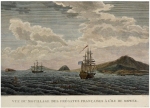
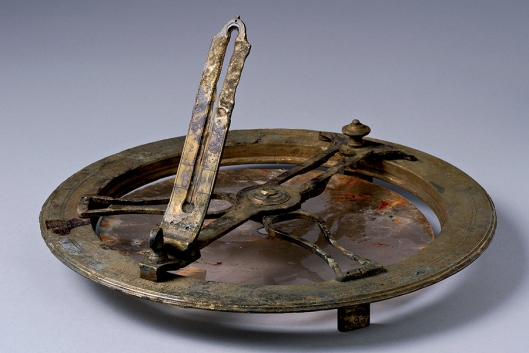
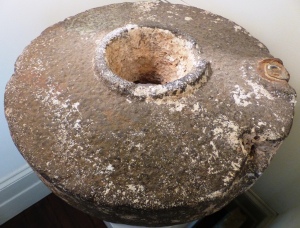
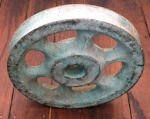

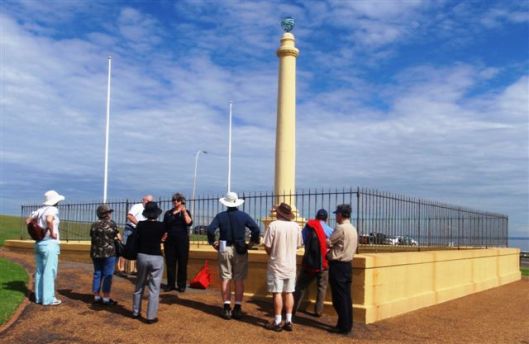
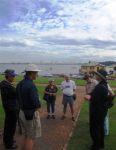

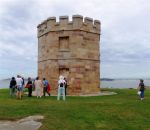
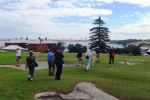
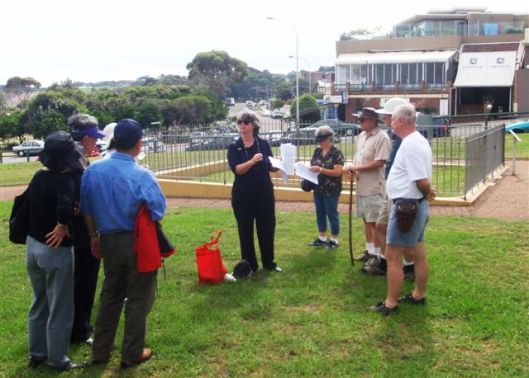
You must be logged in to post a comment.